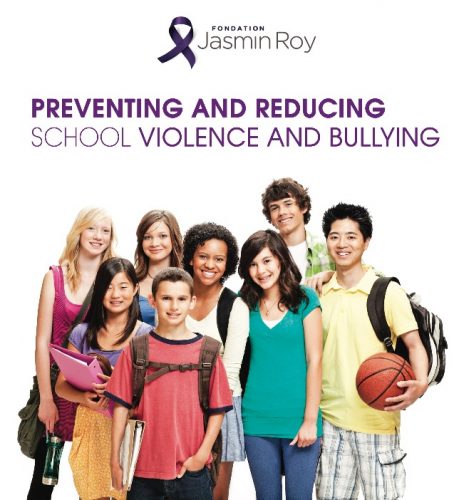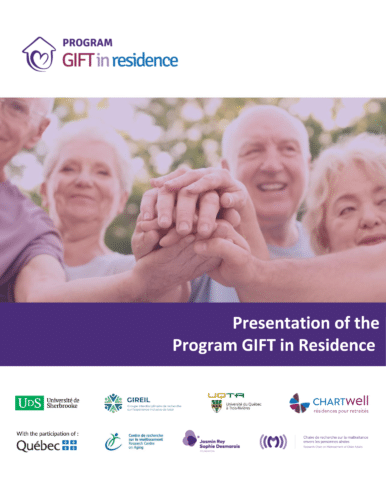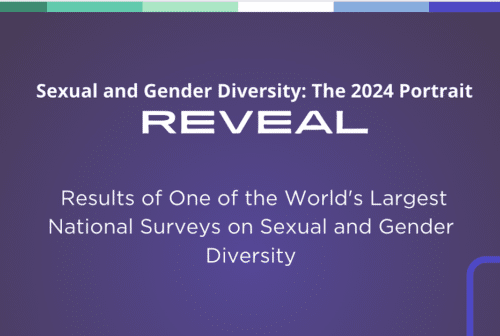The Jasmin Roy Sophie Desmarais Foundation publishes a guide for journalists in collaboration with the Canadian Commission for UNESCO.
Belonging to LGBTQI communities is often synonymous with discrimination, ostracism, threats, harassment, physical or sexual violence, imprisonment at times, and even murder. Given the critical role played by the media, the Jasmin Roy Sophie Desmarais Foundation is publishing a guide for the benefit of journalists, How to address sexual and gender diversity in the media?, to support them when reporting on the realities of LGBTQI communities. The Jasmin Roy Sophie Desmarais Foundation developed this guide in partnership with the Canadian Commission for UNESCO (CCUNESCO).
How the realities of LGBTQI communities are portrayed in the media often contains myths and prejudices. For example, how many times have we read or heard that a public figure has “admitted” to being homosexual or lesbian? Yet dictionaries teach us that we admit mistakes, sins, or crimes. In countries where that is no longer the case, it should rather be written or said that a person has “revealed” or “disclosed” his or her sexual orientation.
The guide is the result of a collaboration between Michel Dorais, Ph.D., sexual sociologist, professor, and researcher at Laval University; Jasmin Roy, founder of the Jasmin Roy Sophie Desmarais Foundation, who is also a writer, documentary filmmaker, and former journalist; and Guillaume Tardif, master’s degree student in social work.
Educating and raising awareness
The guide notably includes a small glossary on sexual and gender diversity. It also deals with homophobic or transphobic consequences, prejudices, discrimination, and violence. Furthermore, much space is given to the issue of sexual and gender diversity in different cultures. The guide also addresses this issue from the point of view of immigrants and refugees, younger people, adults, and the elderly.
Sexual violence, health issues, sexual diversity in sports, arts, media, tourism, and media coverage of public protests additionally count among the themes addressed in How to address sexual and gender diversity in the media?
DOWNLOAD GUIDE FOR JOURNALISTS, click here!











